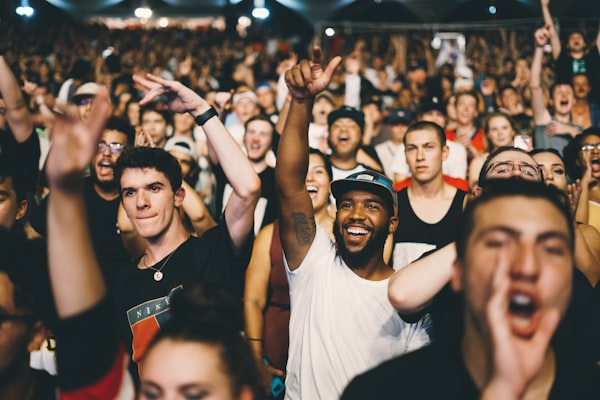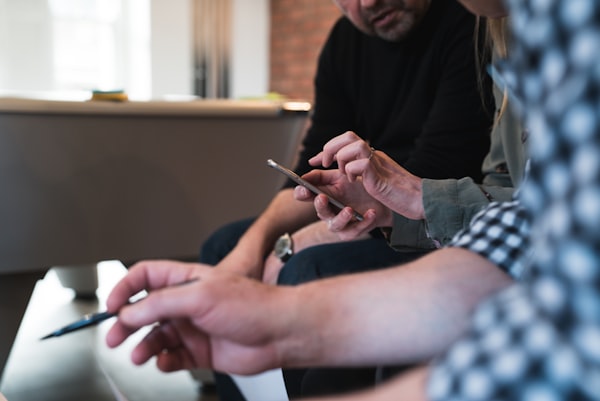Case Study: Crate Digs

I've long been passionate about music and collecting vinyl from an early age. When the global pandemic hit the world in 2019/2020, I found myself in an unusual position of having some time off work, so I decided to combine my love for music and digital design and develop some new skills.
That wasn't strictly the plan; initially, in the run-up to the pandemic, I was running a small podcast series where I could find tracks found on Spotify, upload them to Soundcloud and then reissue them back to Spotify as a podcast. Therefore, my mates and listeners could listen to a mix of mine on Spotify. (where most people are listening to music these days, unfortunately).
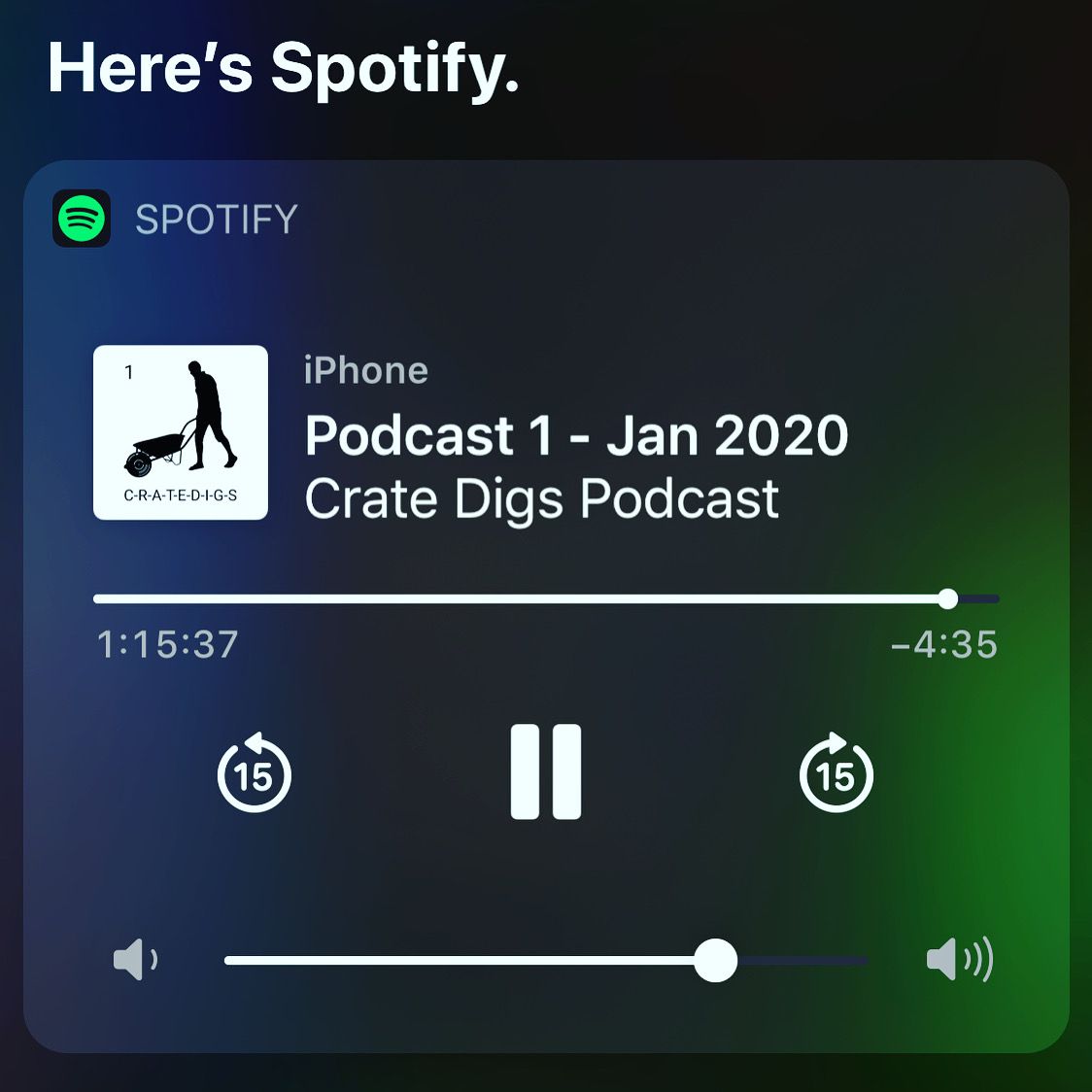
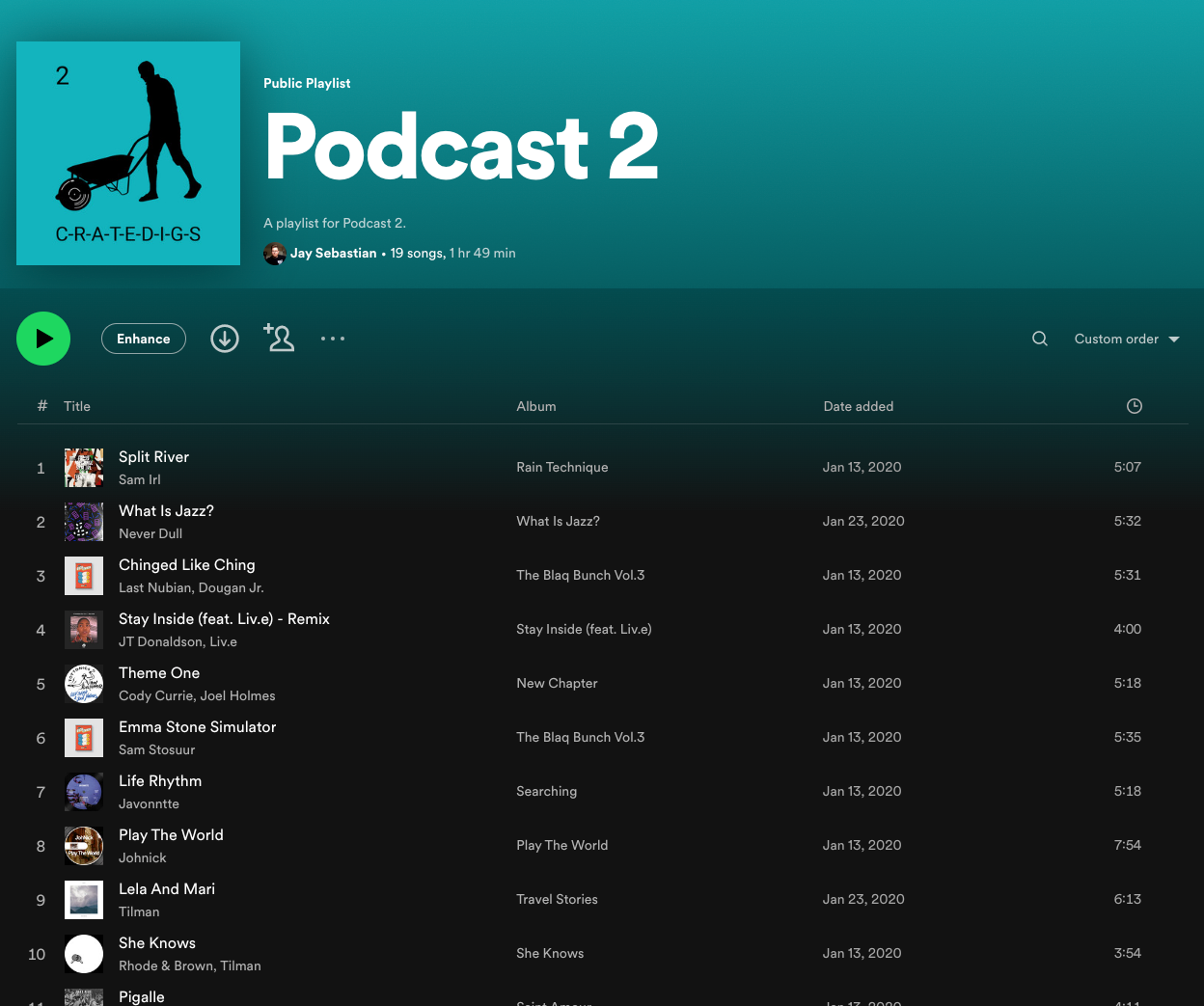
However, Spotify cracked on to this and started to remove mine (and others like Sloth Boogie podcasts) from its service. I then decided to do an online broadcast to raise some money for the NHS workers and did a bit of social media marketing. I'd done some online broadcasts and set up my flat accordingly.
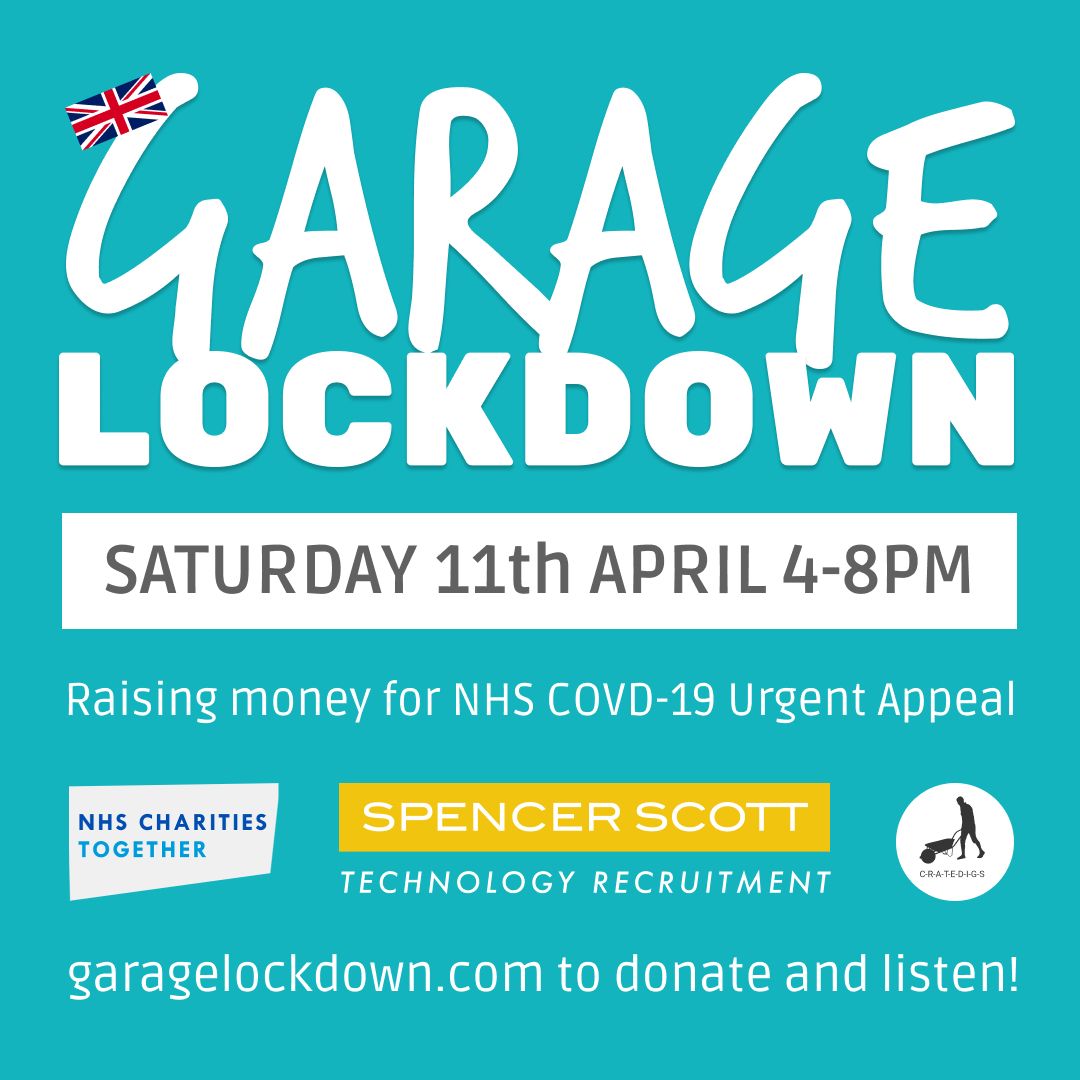
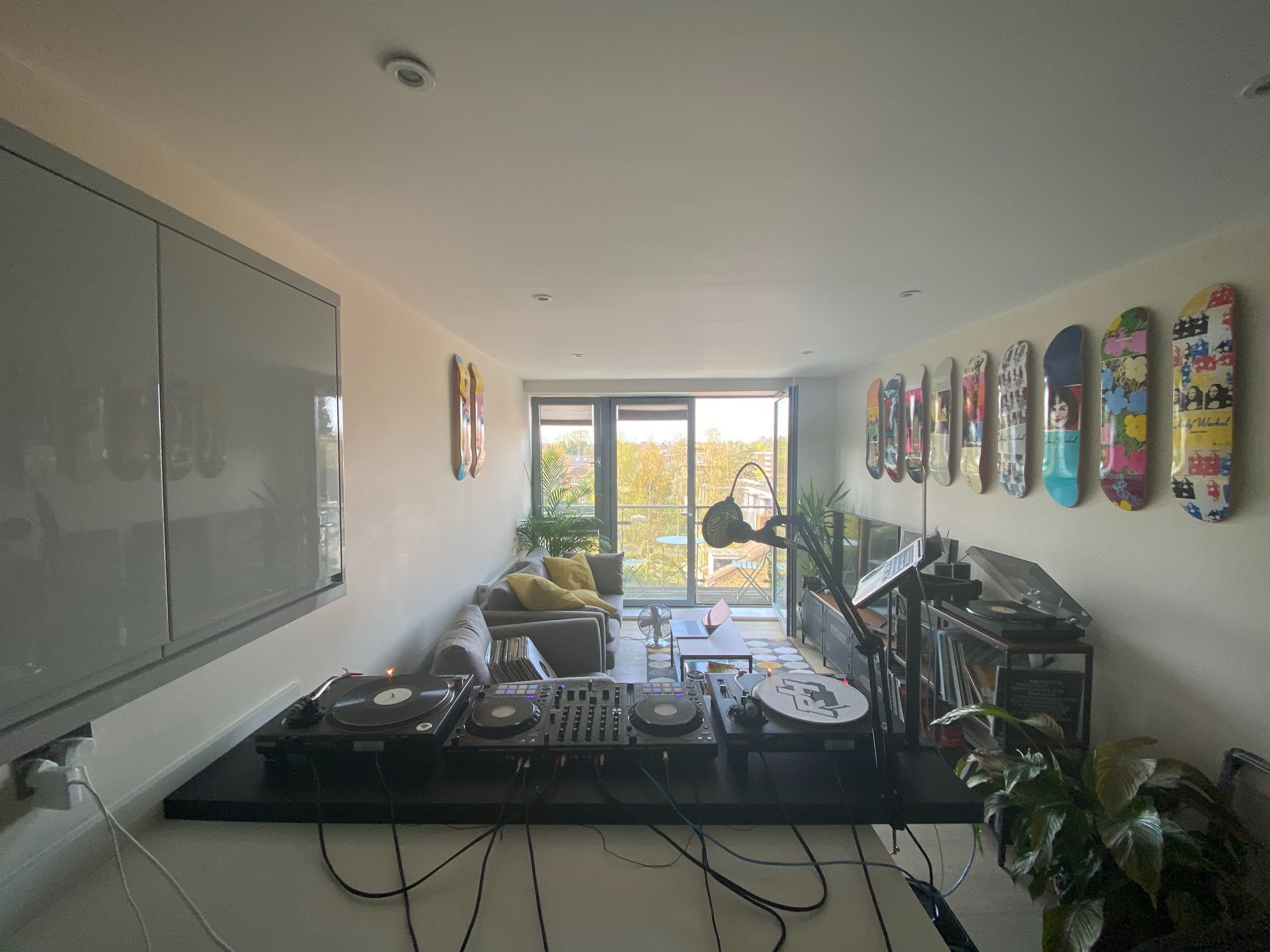
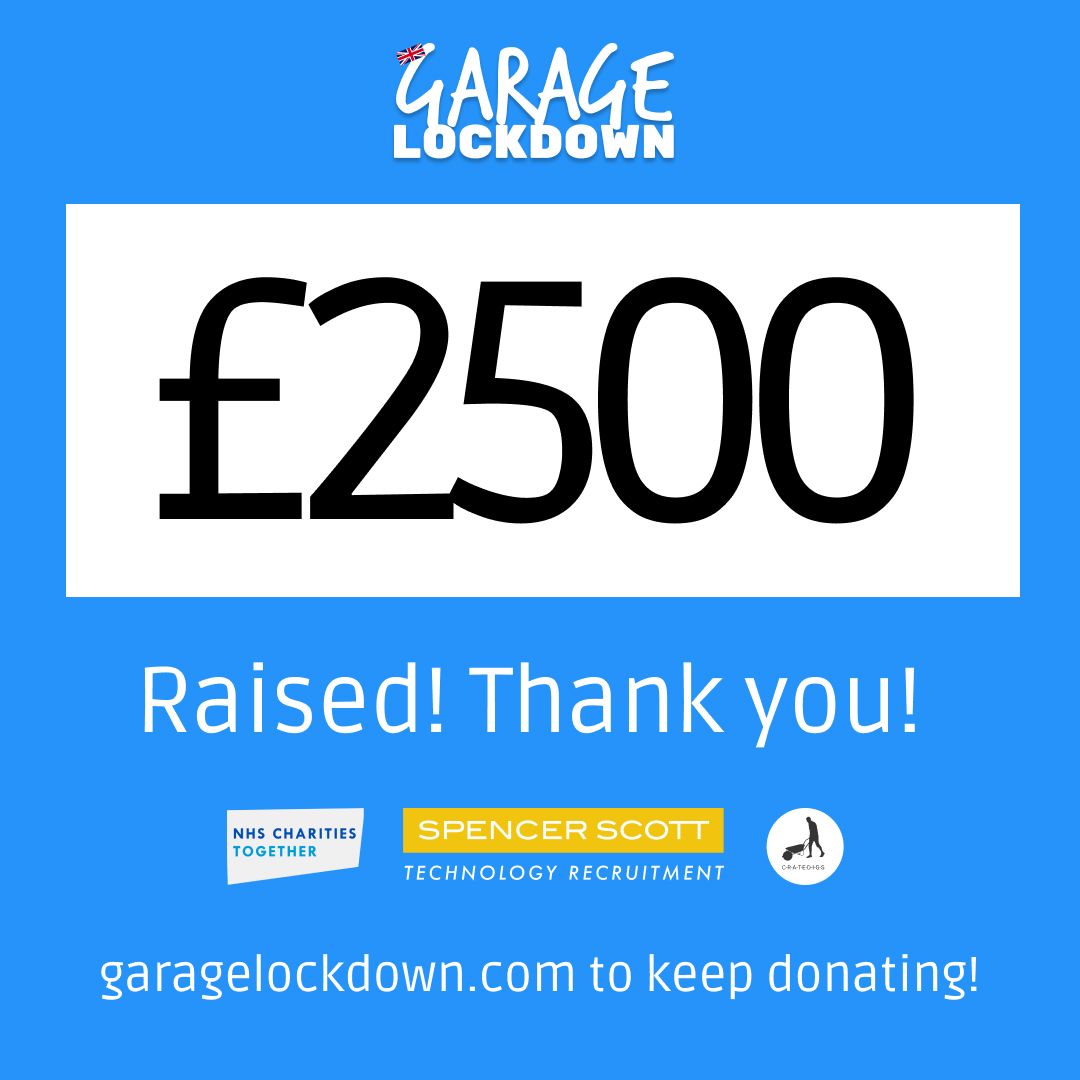
I DJed for about 4 hours and received at one point peak listeners of about 150 (big numbers for a nobody!)
After that, conversations with friends of mine prompted me to do something with it and think about starting our very own radio show. I looked into it and realised that I could build it myself.
Technical - Setting up the online radio server
I initially ordered a Shoutcast server and worked out how to stream to it via open-source BUTT (broadcasting software). A bit archaic, and little did I know that in the coming months, I would have to write learning documents for others on how to use it, download it and connect sound cards/software to it for others to learn. That worked; I then needed to connect this to something user-friendly, a simple website with a media player.
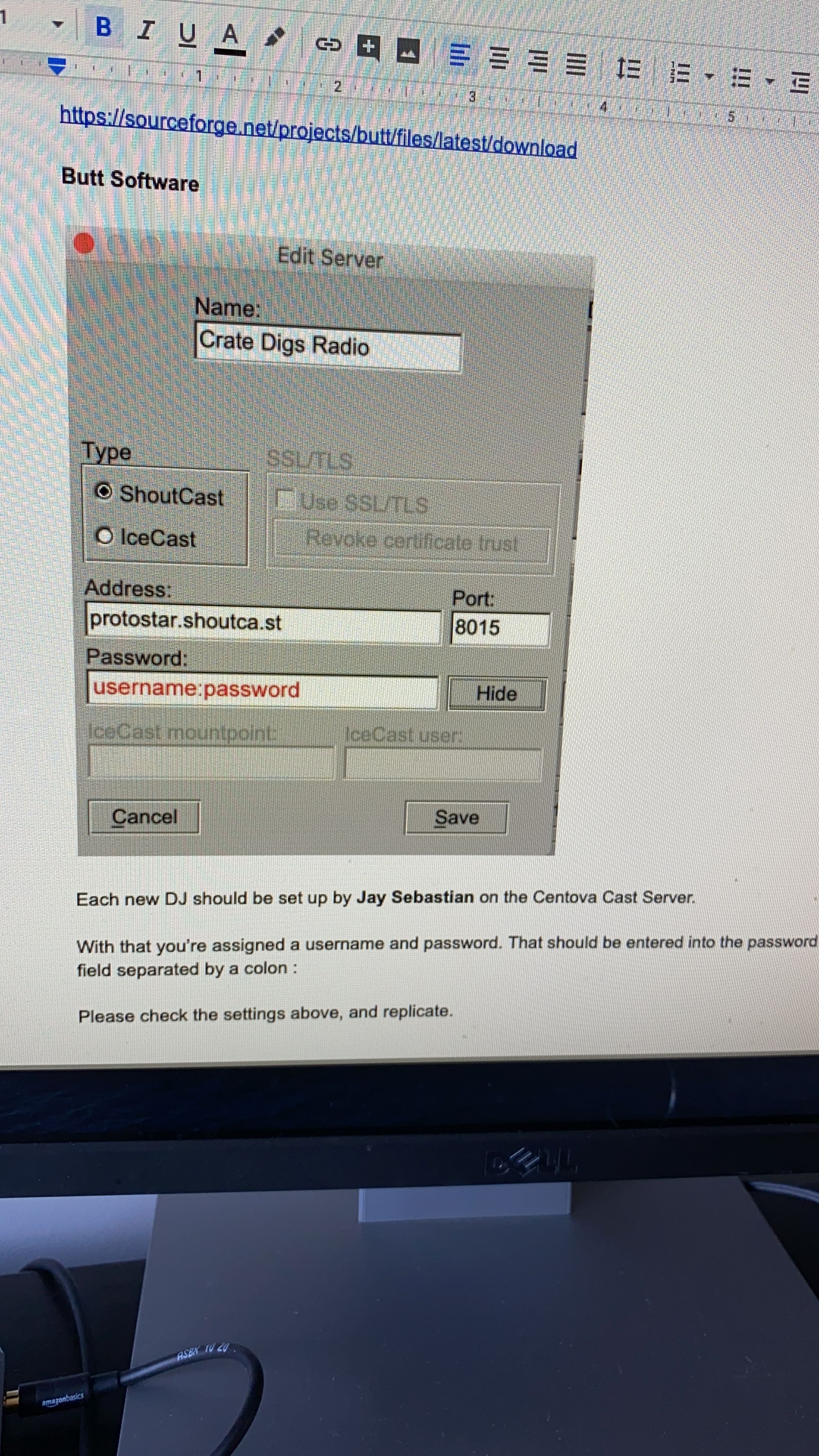
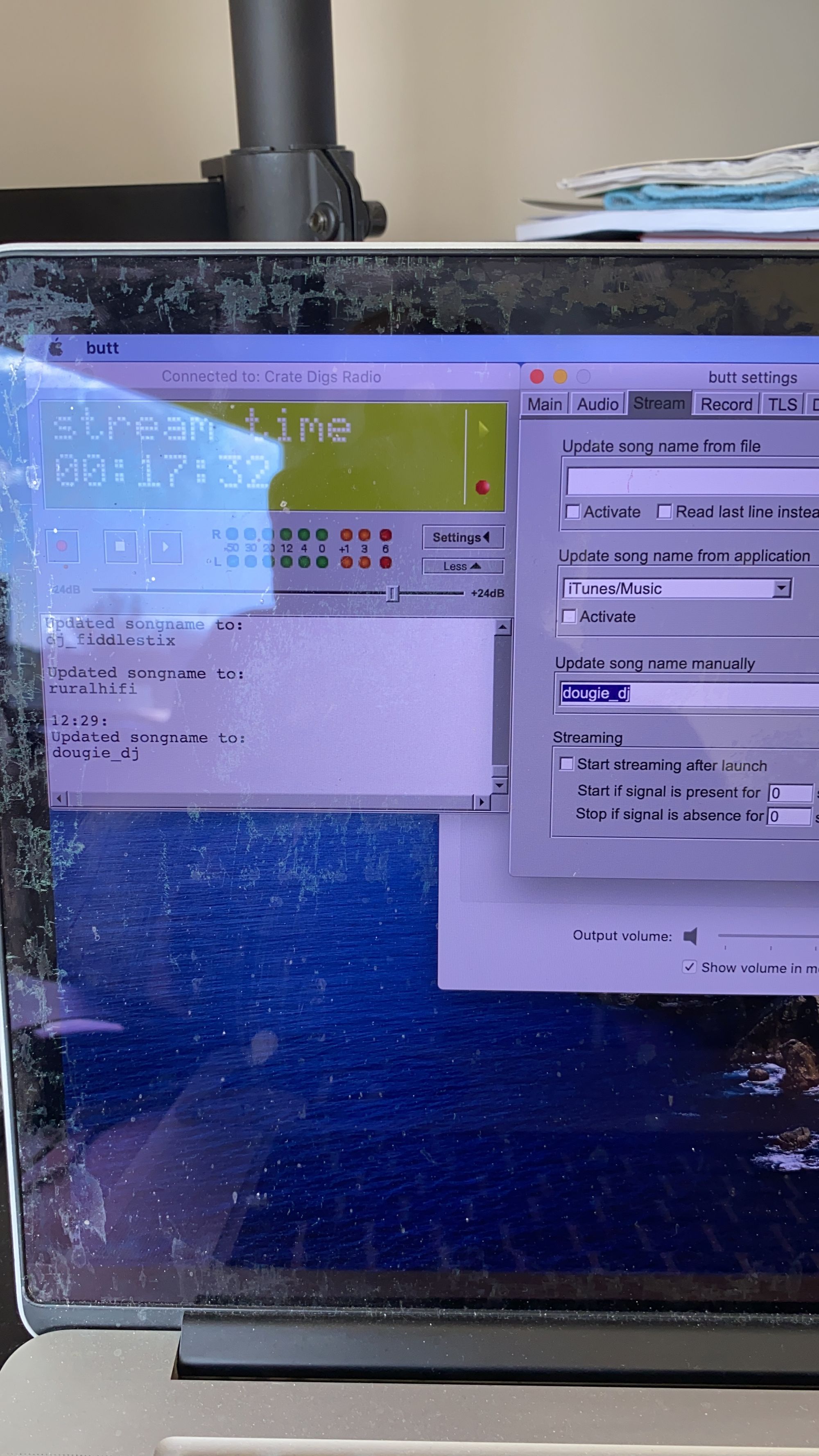
The Website
I built a mobile-first website knowing that most of our listeners would be coming from their phones or devices. I'd also applied for the service to extend to Amazon Alexa in the UK, which worked and was 'okay' if you said the phrase well enough. I leveraged Ghost to build a CMS where I could quickly add content and open it up for others to add content to. I added a chat feature and embedded a schedule from Google Calendar. I also had it so that DJ's profile pictures would appear, with their details, when they added a key phrase into BUTT (broadcasting software) when they went live.
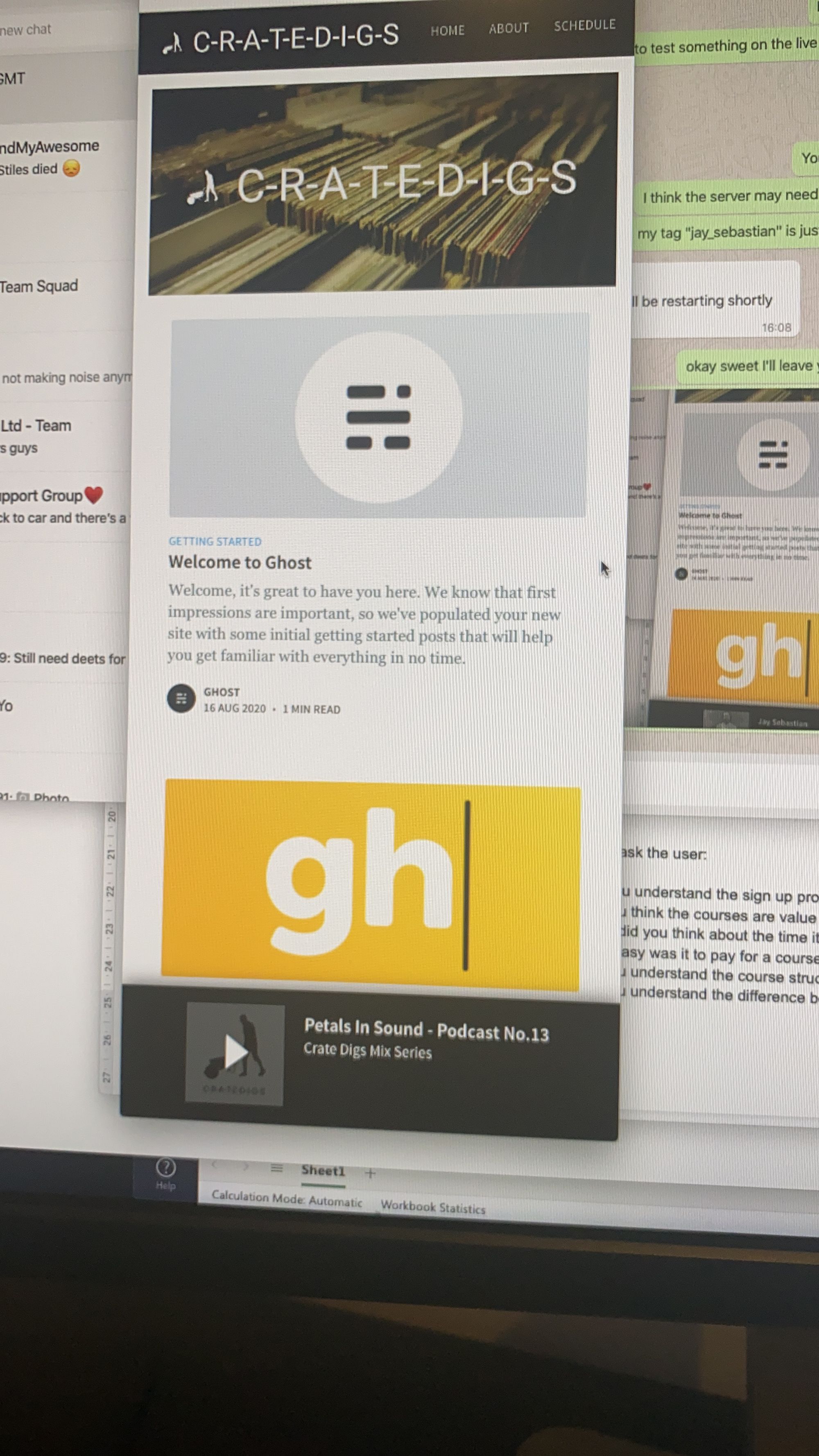
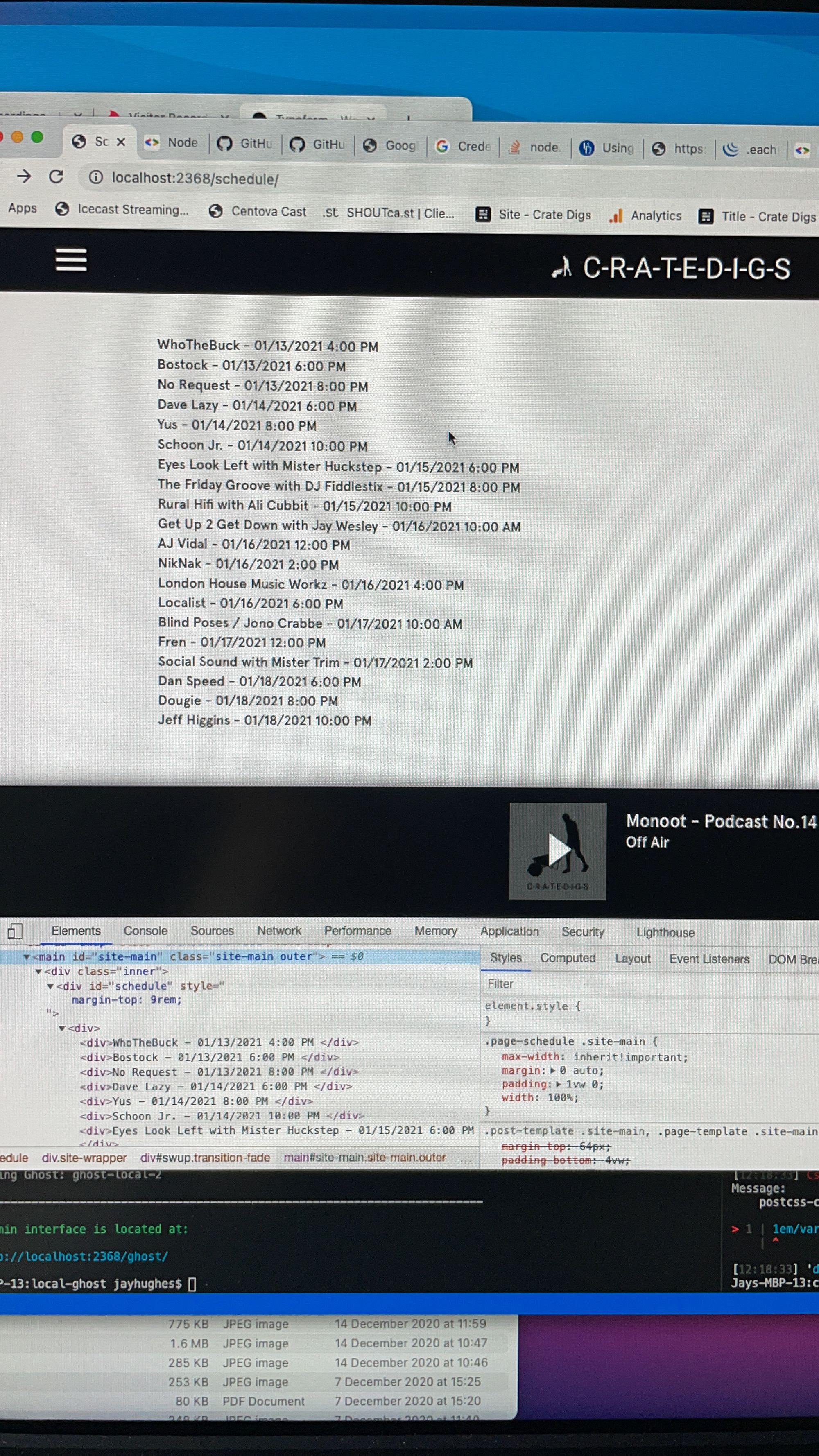
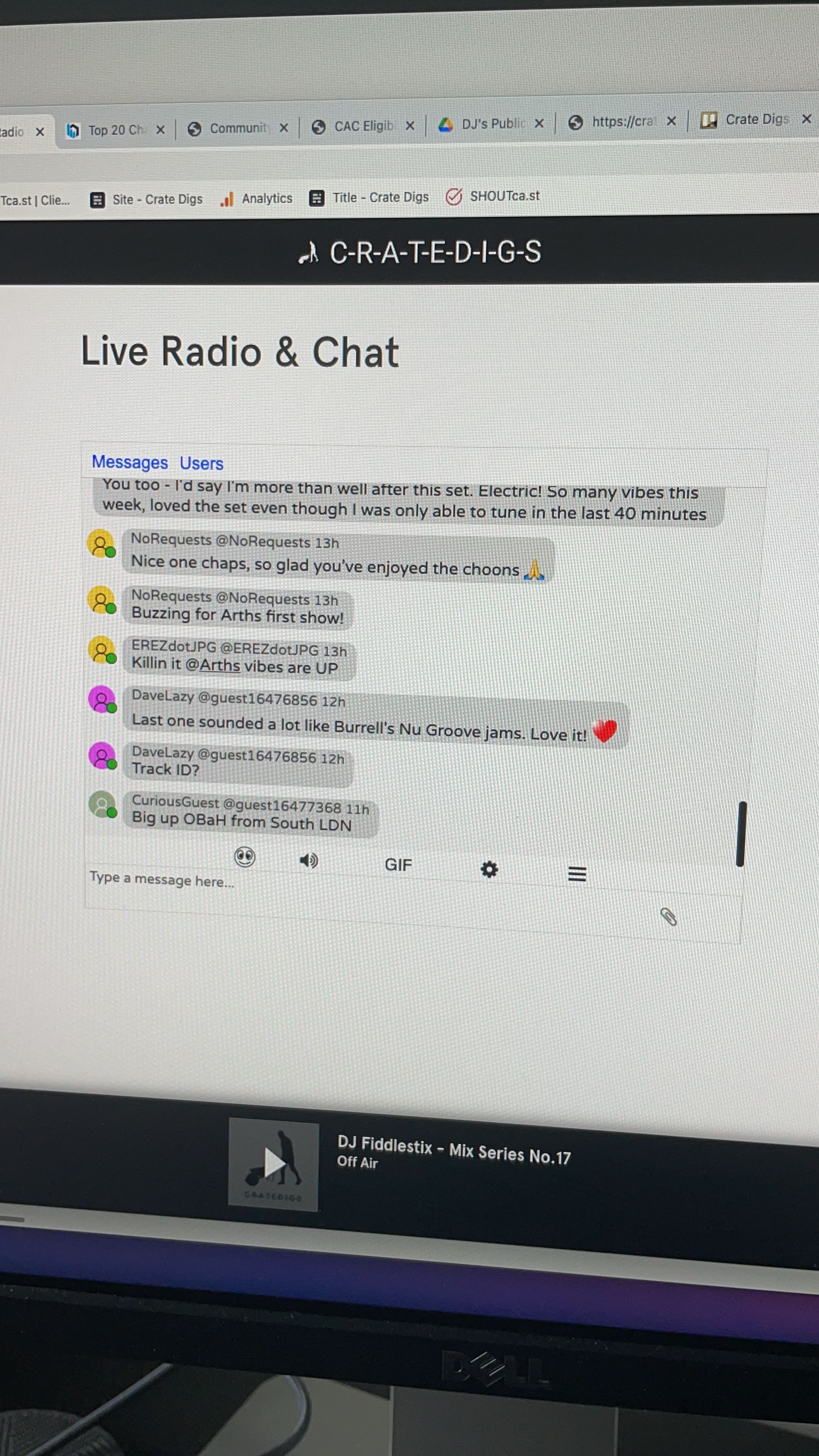
The DJs
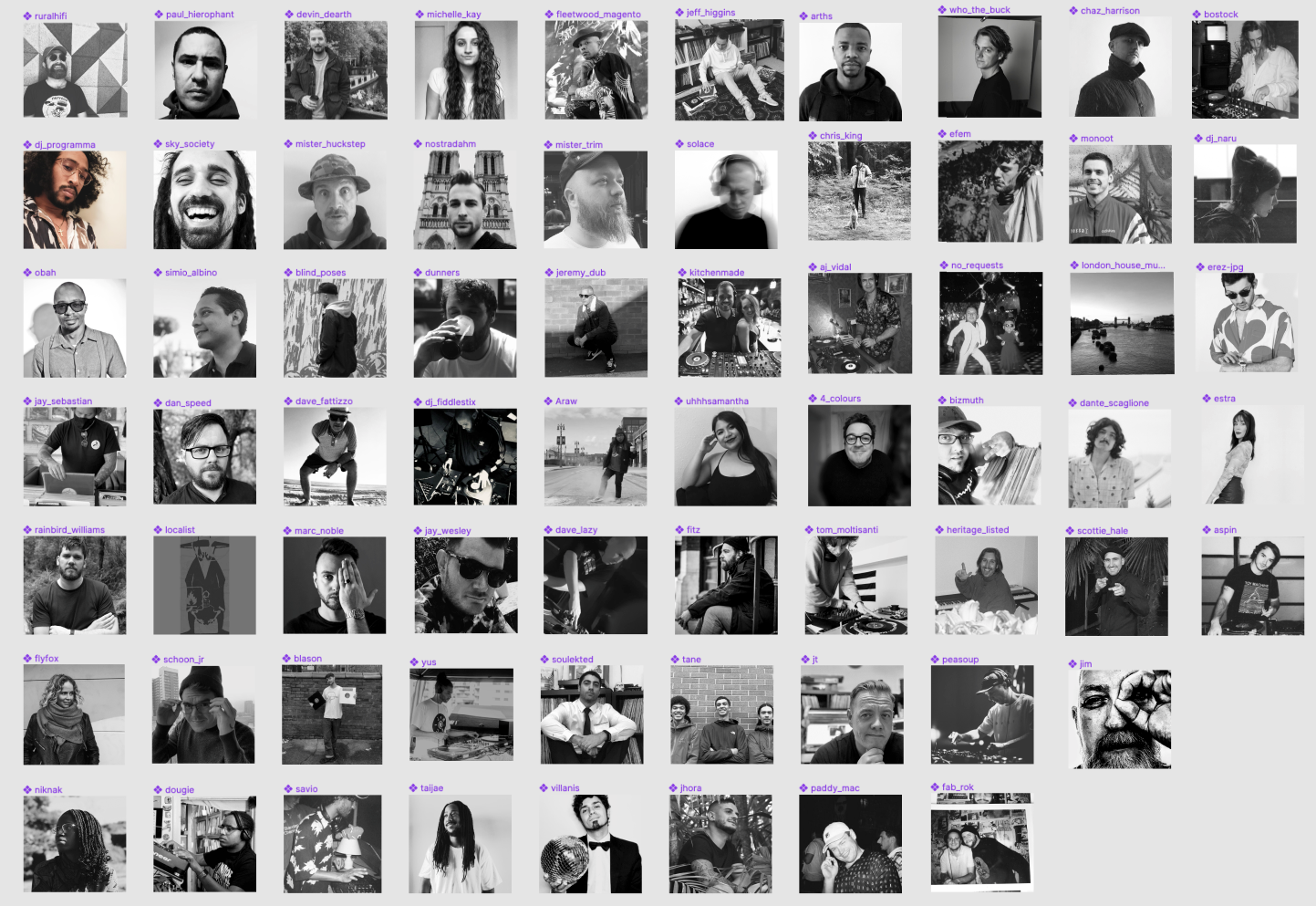
Throughout the history of running the station, we ended up with 68 different artists/groups coming through the community, paying a set or a regular show every week from LA to Austin, to New York, London, Bristol, Birmingham, Glasgow, Amsterdam, Rome, Melbourne, Sydney, Wellington. The list of countries represented by culture and heritage was huge.
The DJ roster and scheduling became a huge job.
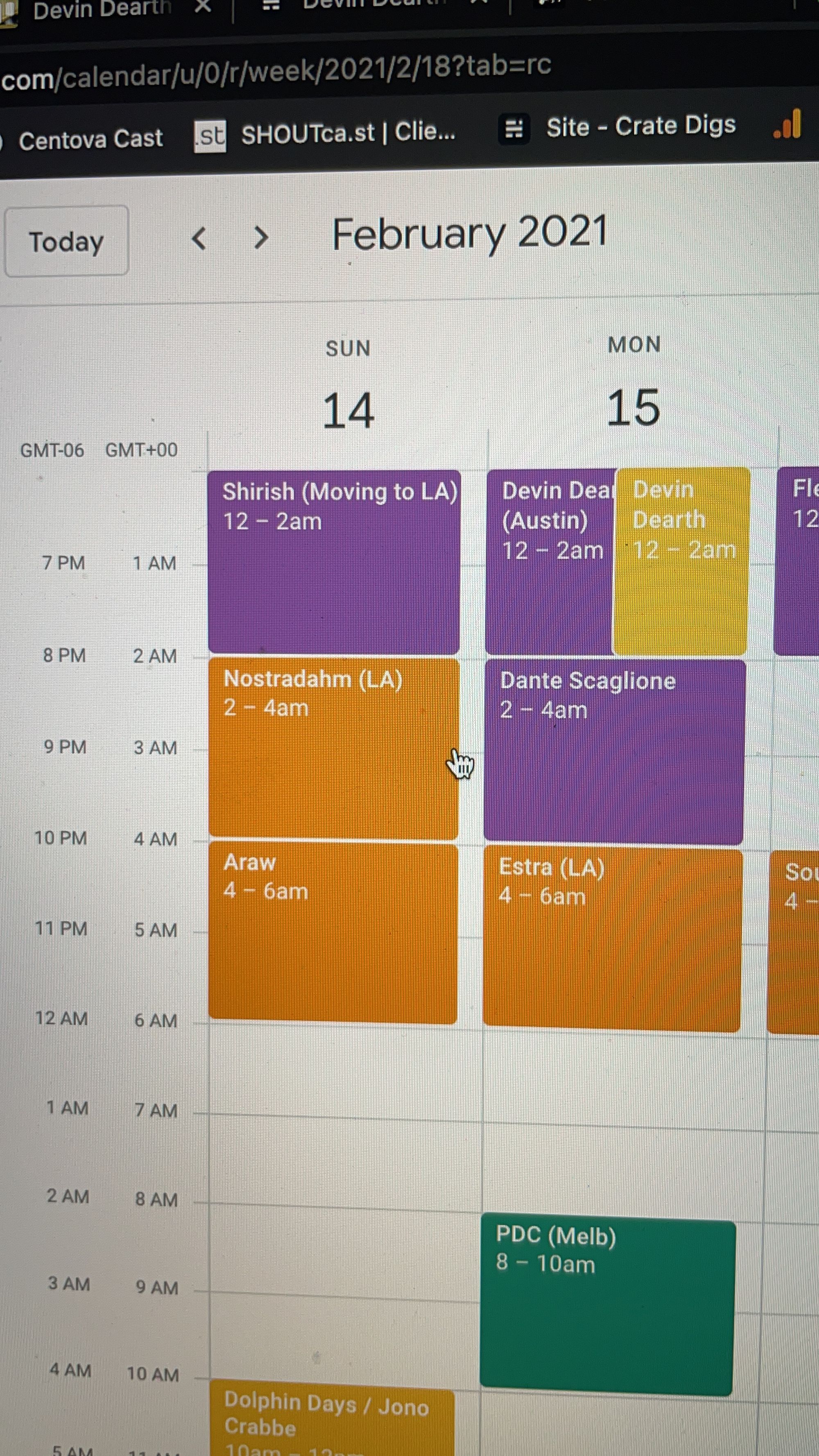
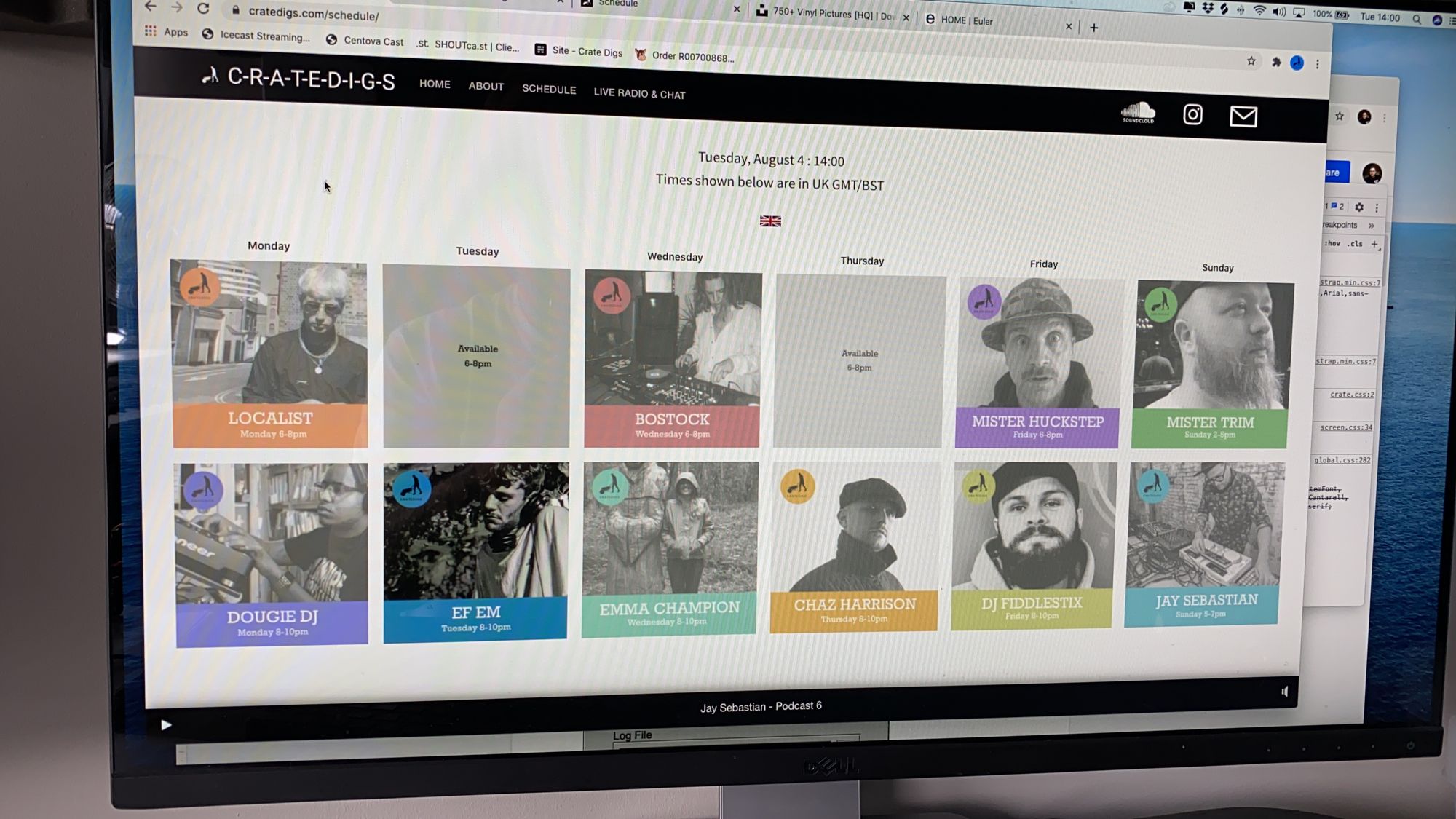
The ethos for Crate Digs was straightforward, and we encouraged music exploration. Crate Digging is a well-known concept amongst DJs and producers seeking to find everything from the latest to old gems and nostalgic records that have meaning and tell a story. There were no egos; everybody was equal. There was no right and wrong - just people enjoying their craft and celebrating the cultures of music.
At one point, we nearly had to expand to two servers, running two streams simultaneously. Crazy looking back at it now. I had to learn about time zones and daylight saving times - late into the process. It was a full-time job at points. I started to build a team of regular DJs with other skills into regular meetings to discuss how I could help delegate tasks - tough when nobody was getting paid.
The App
The app was a natural progression; people listening and DJs started to ask if there were other ways to tune and listen that didn't involve using a web browser and could connect to devices in their homes other than an Alexa. I saw it as a challenge to try and see if it was possible. To do that, I concluded that we needed to be licensed. I had to consider running costs, which provoked me to rationalise everything we were doing and approach it from a product perspective. More on that further on in this case study.
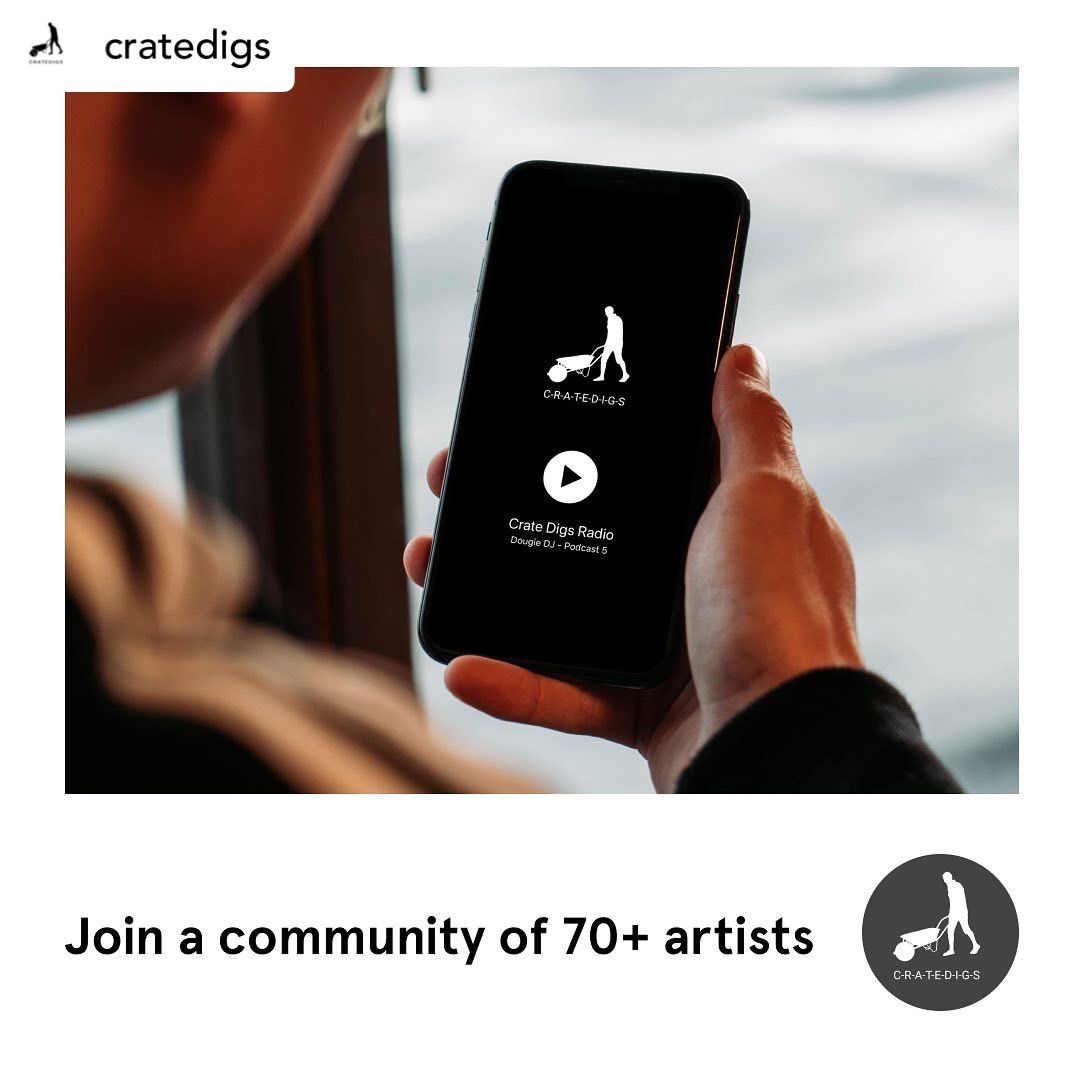
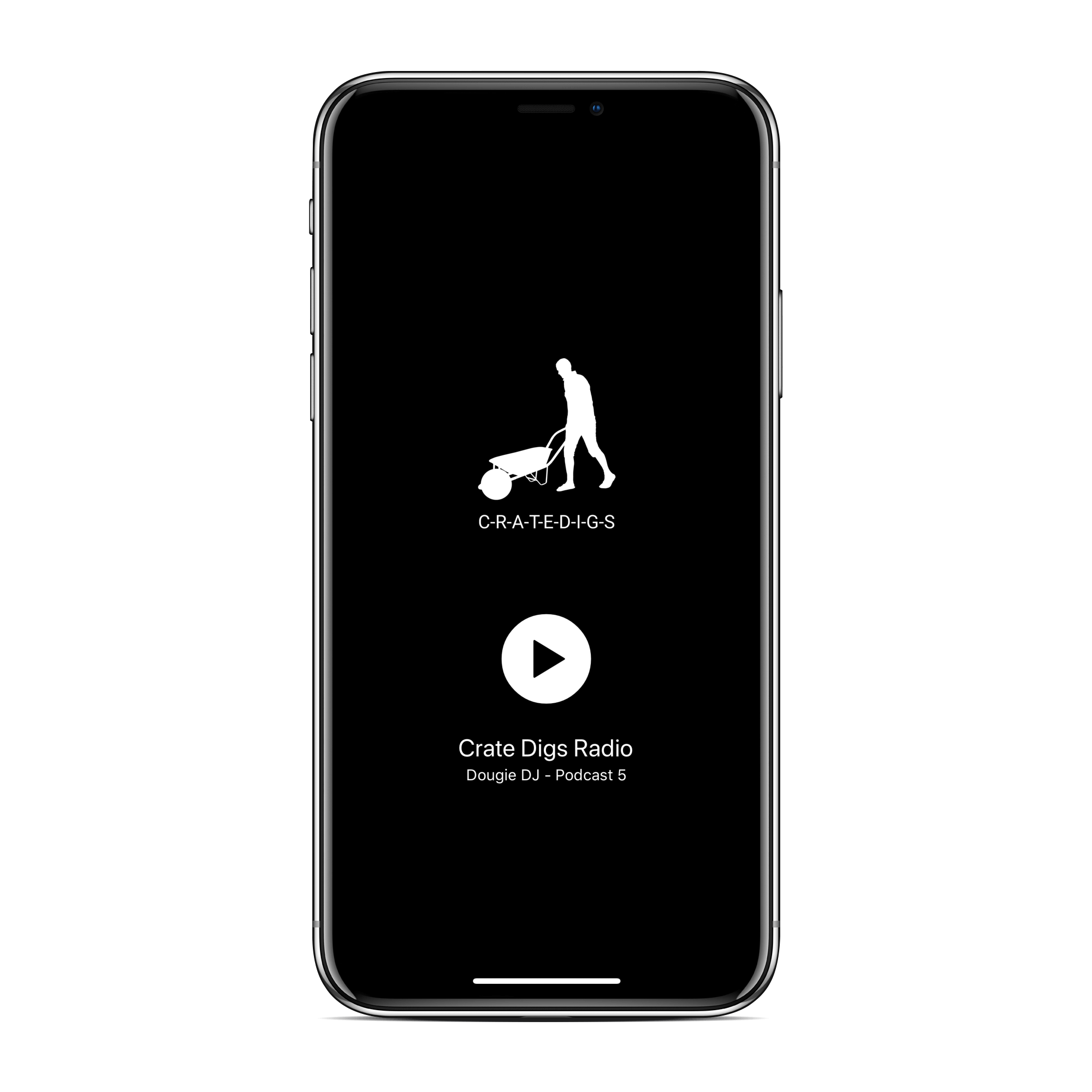
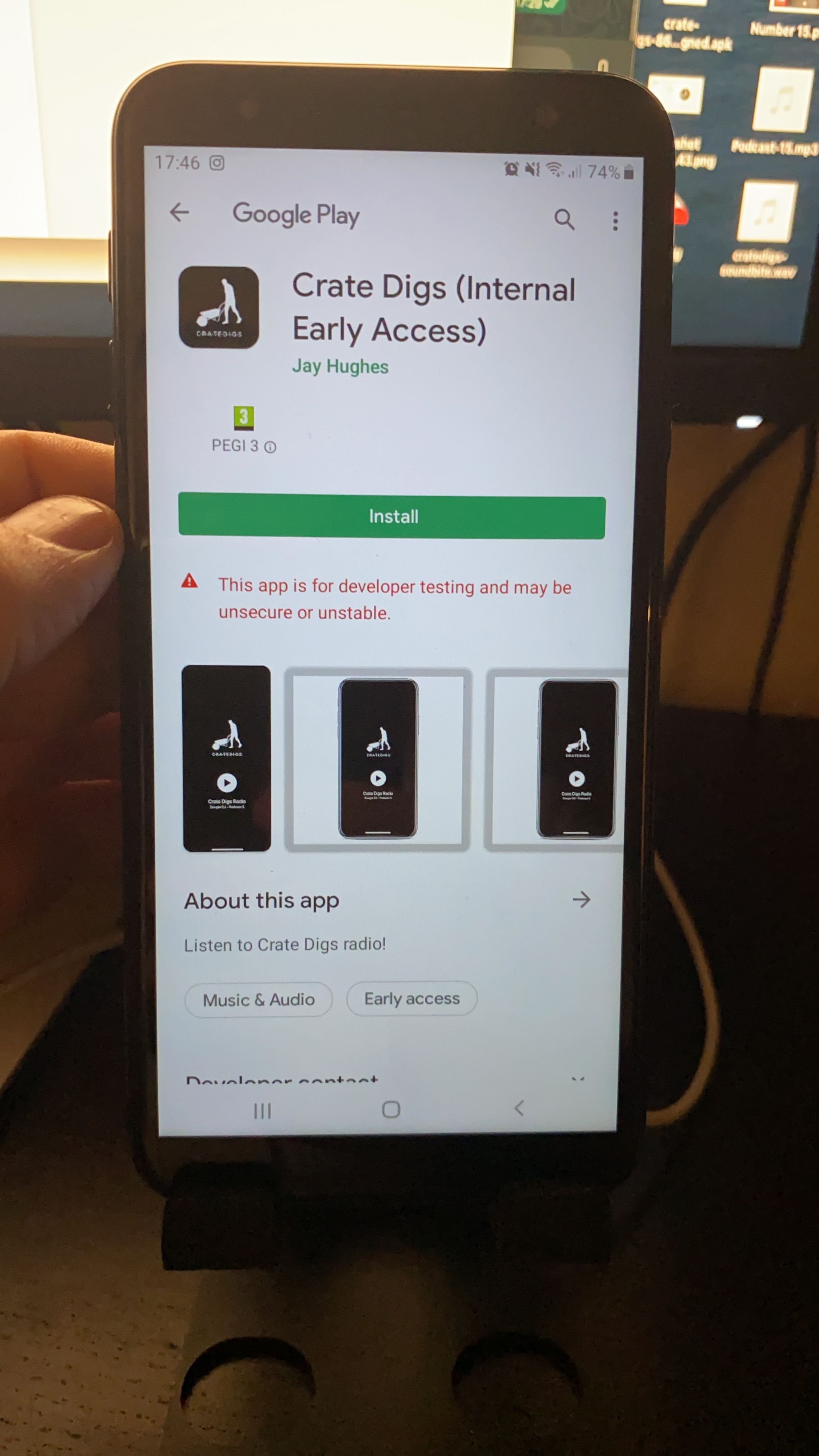
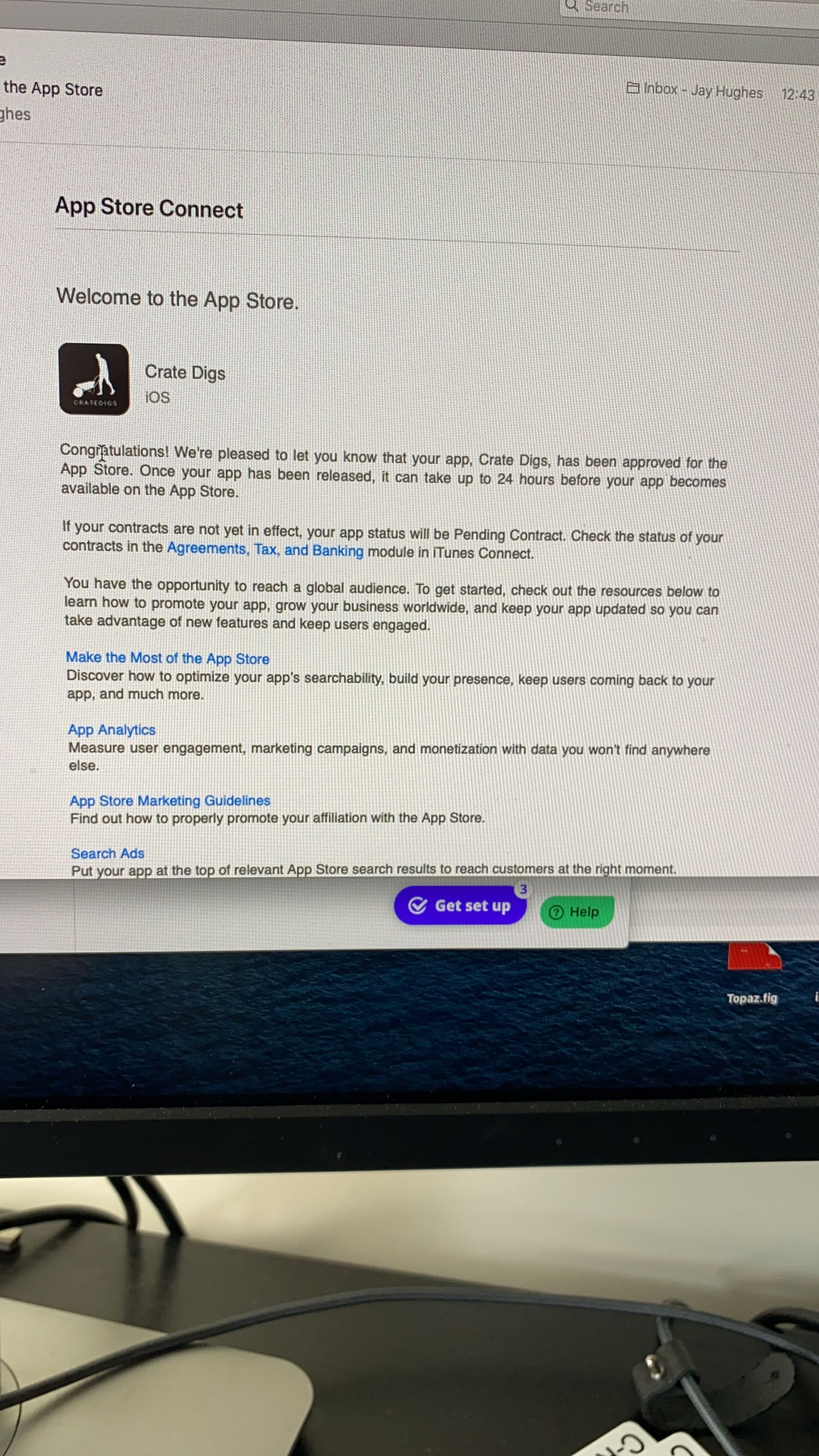
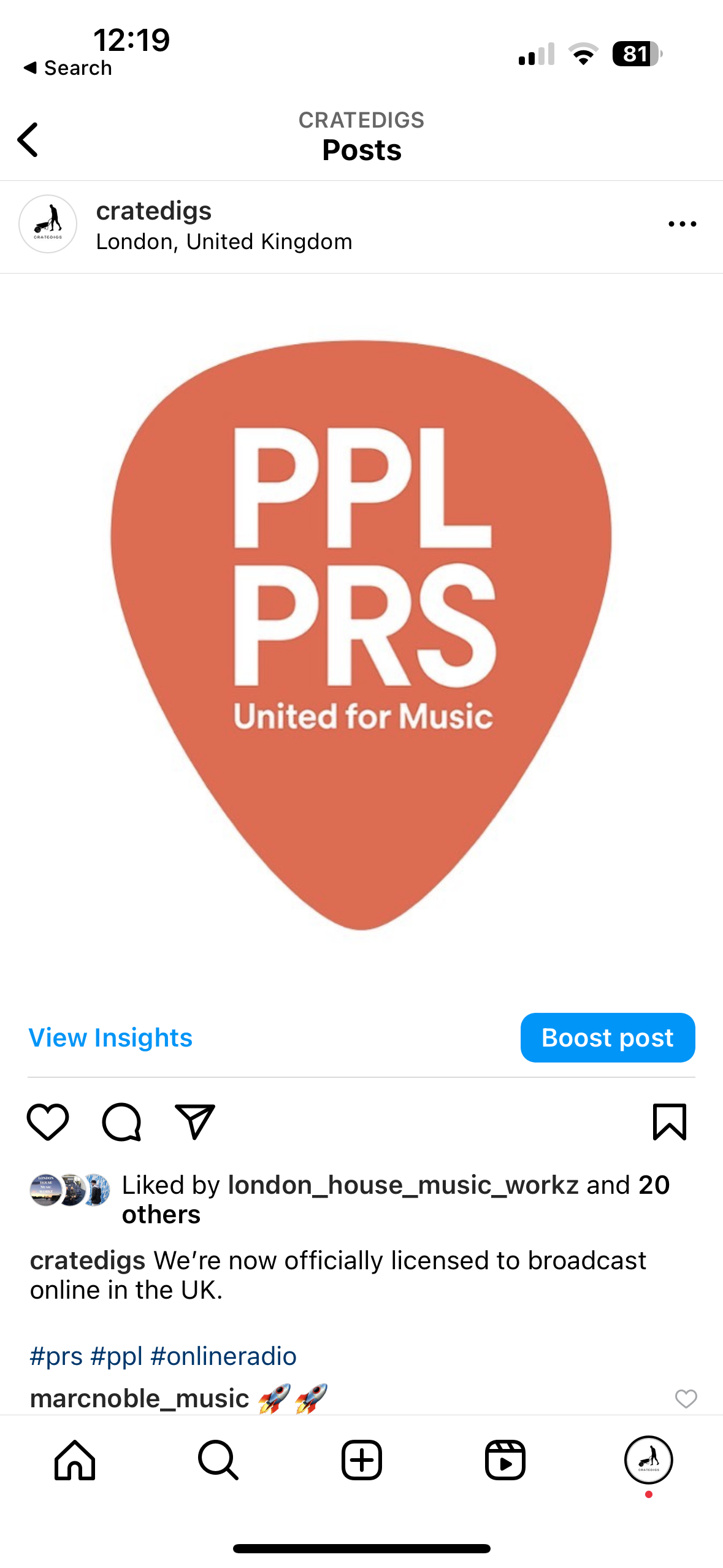
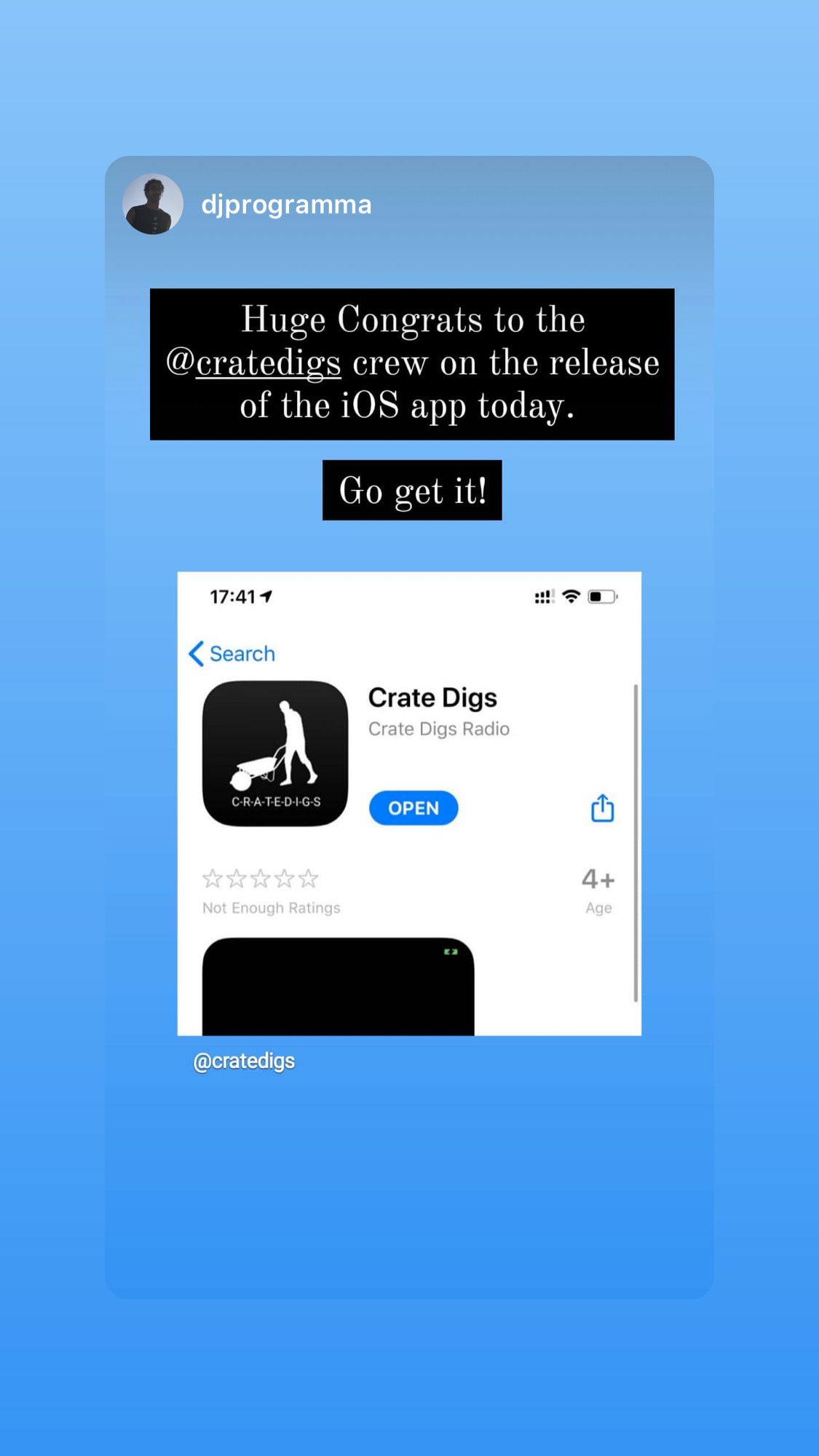
I built the apps using the Ionic framework. I could write a simple app using my medium-level JavaScript to embed the web player URL into a media component. Ionic then converts your project into two separate SDKs for you to test and publish to Apple and Google. I used the certificates from PRS/PPL to validate that we were appropriately licensed to stream music.
Marketing
I started to build a social media profile for Crate Digs via Instagram. To promote other DJs, I designed and distributed to DJs their pack of images and assets to use to encourage Crate Digs across their social media platforms.
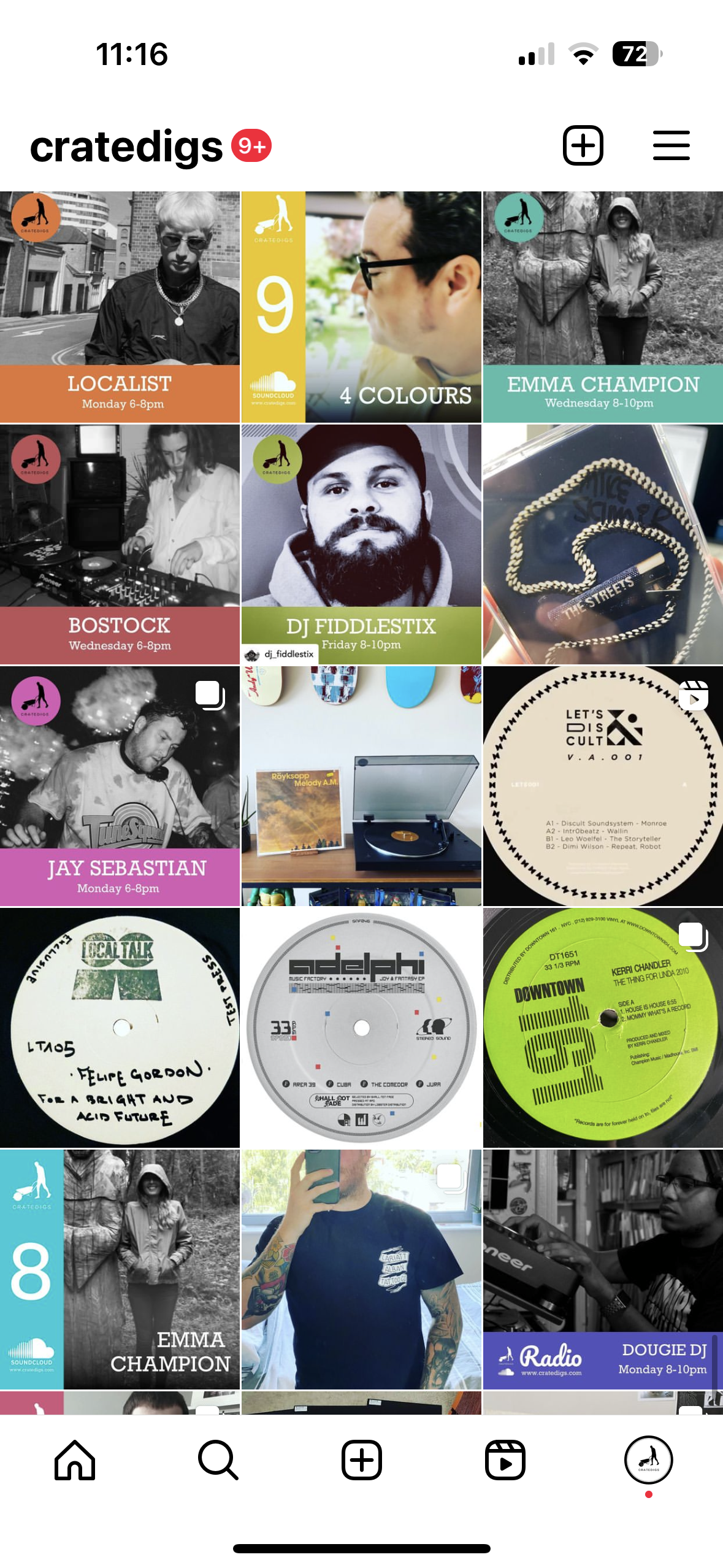
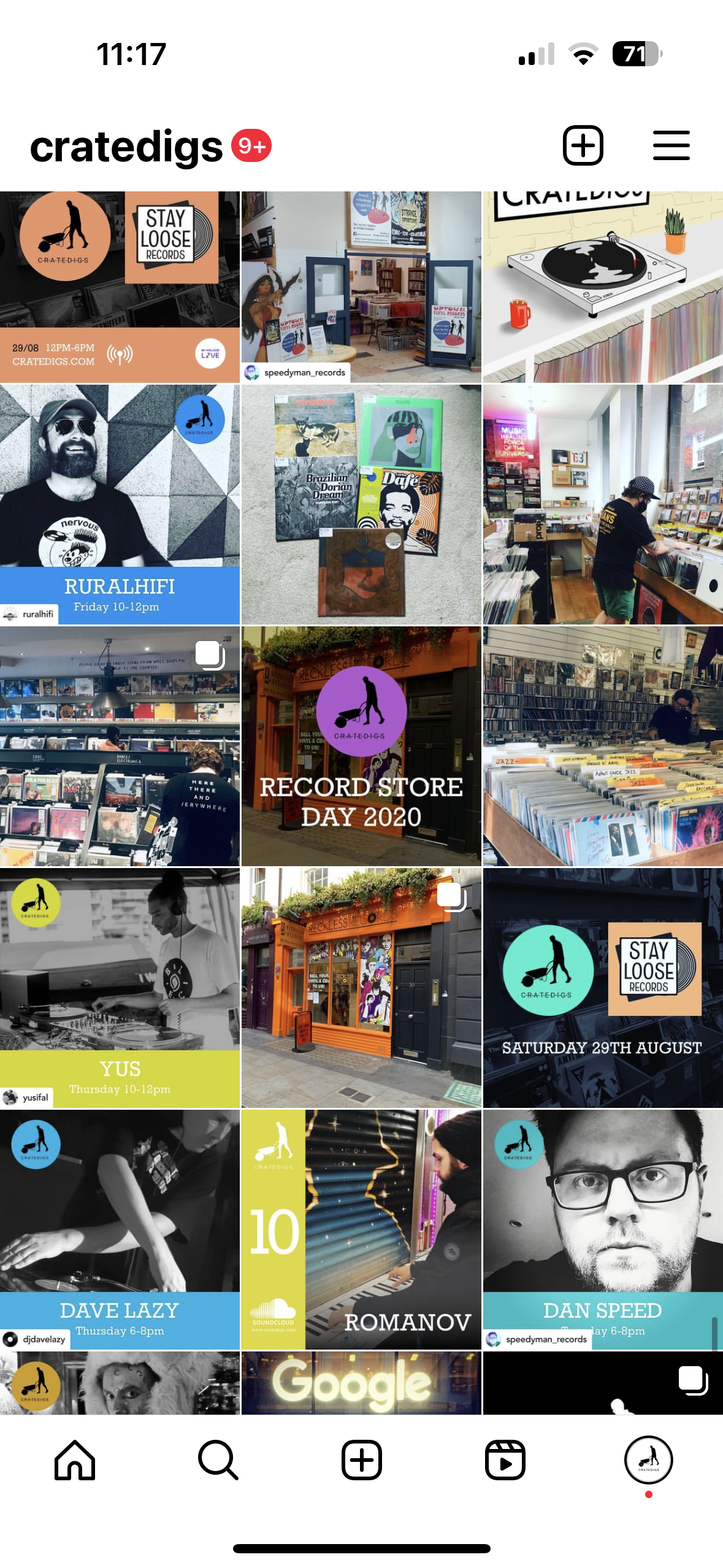
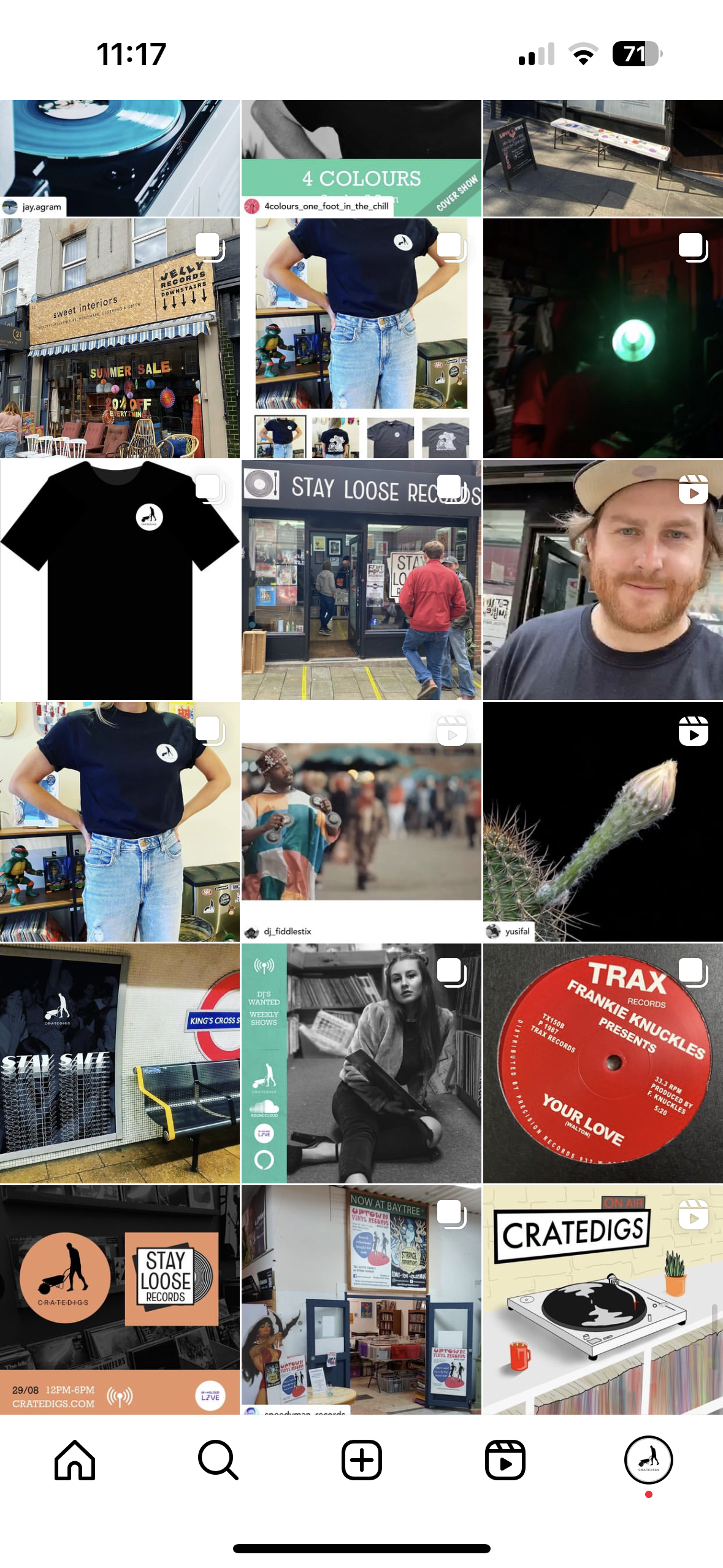
I could do Branding and design work, which came naturally to me. The hardest part was that I was starting to spend my time, effort and money to keep things floating. I needed to bring all of this back to a product framework and mindset and understand where the value was in what I was trying to achieve and what the outcomes were for the station and its future potential.
Trying to show the benefit of listening to DJs and not playlists
I had T-shirts made up to sell online, which didn't do well. I had never ventured into anything like this before - and on reflection, I wish I'd found some investment and given them away for free.
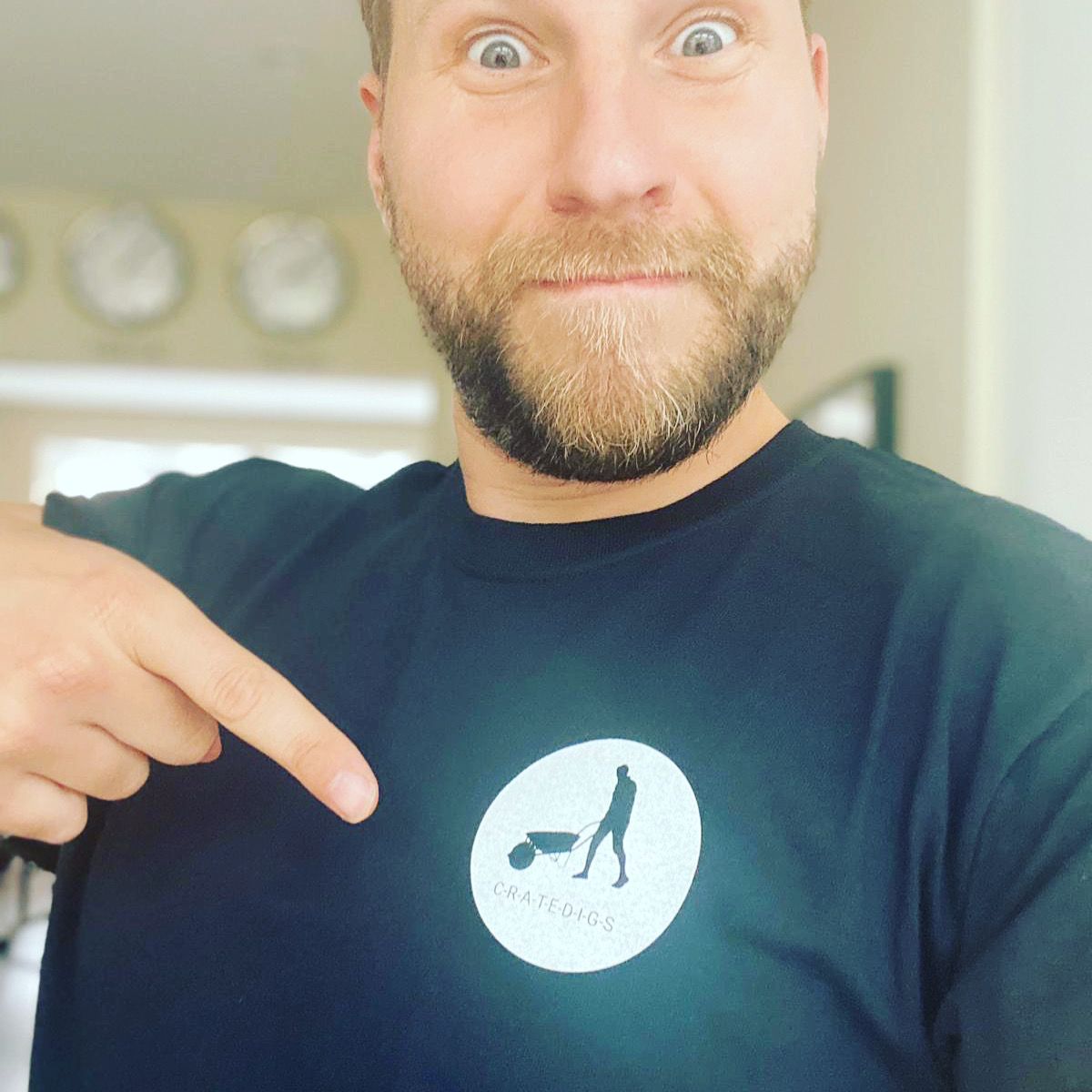
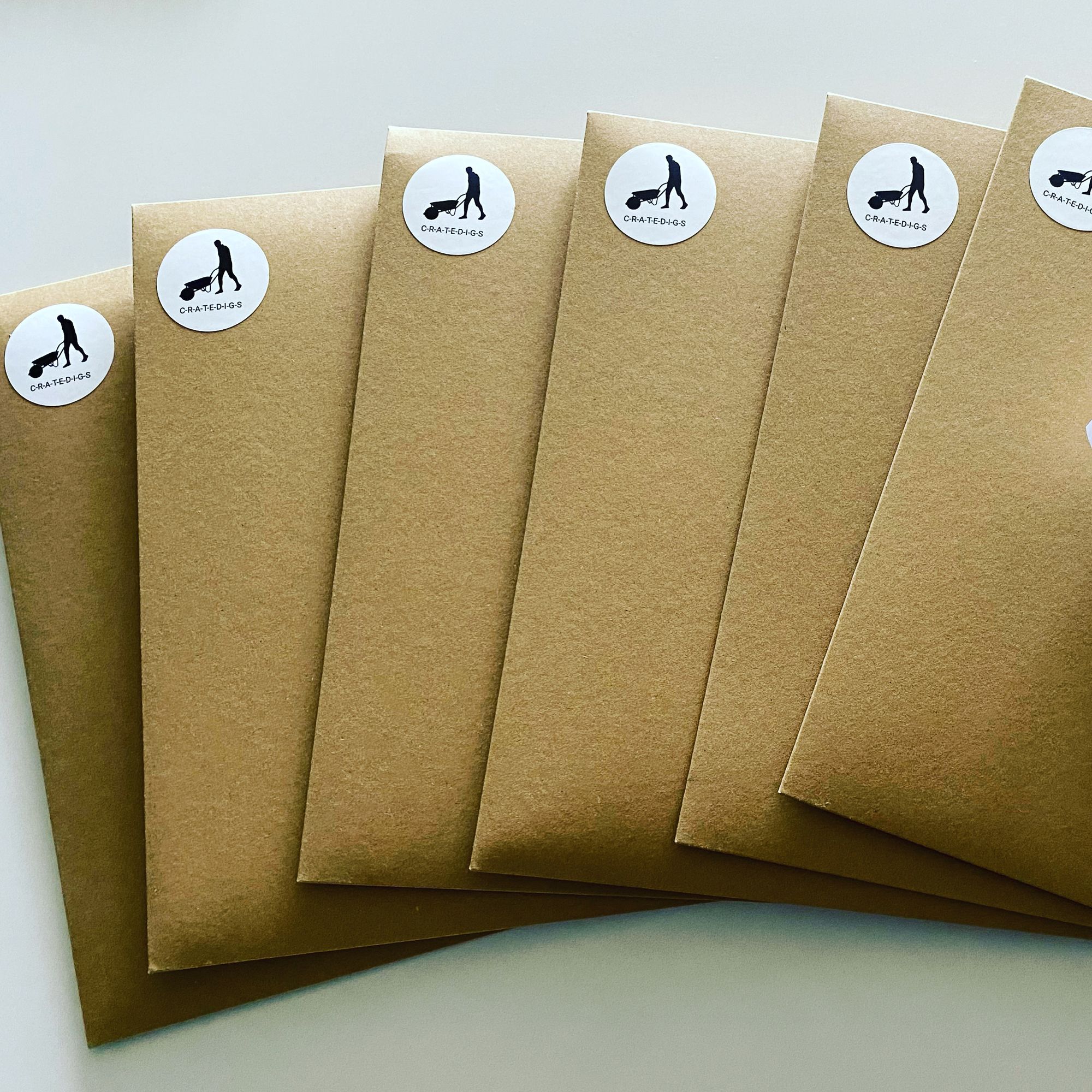
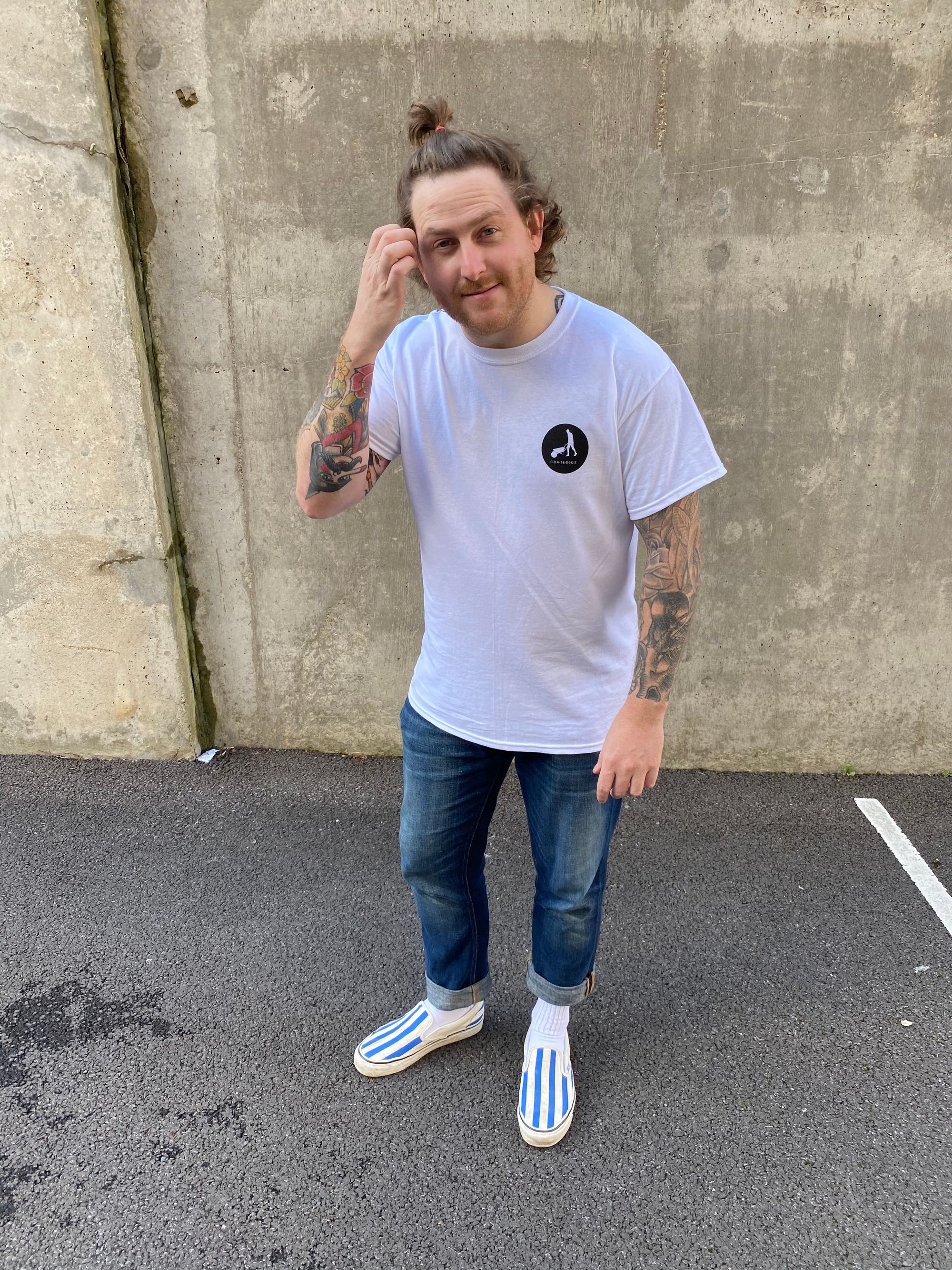
Trying to market the brand through merch and stickers
Crate Digs as a Product
My partner Eve and I tried to break things down into goals, write a budget and set some targets for ultimately how I could keep Crate Digs running without worrying too much at that point about wanting to make any profit; it was more absorbing some of the running costs.
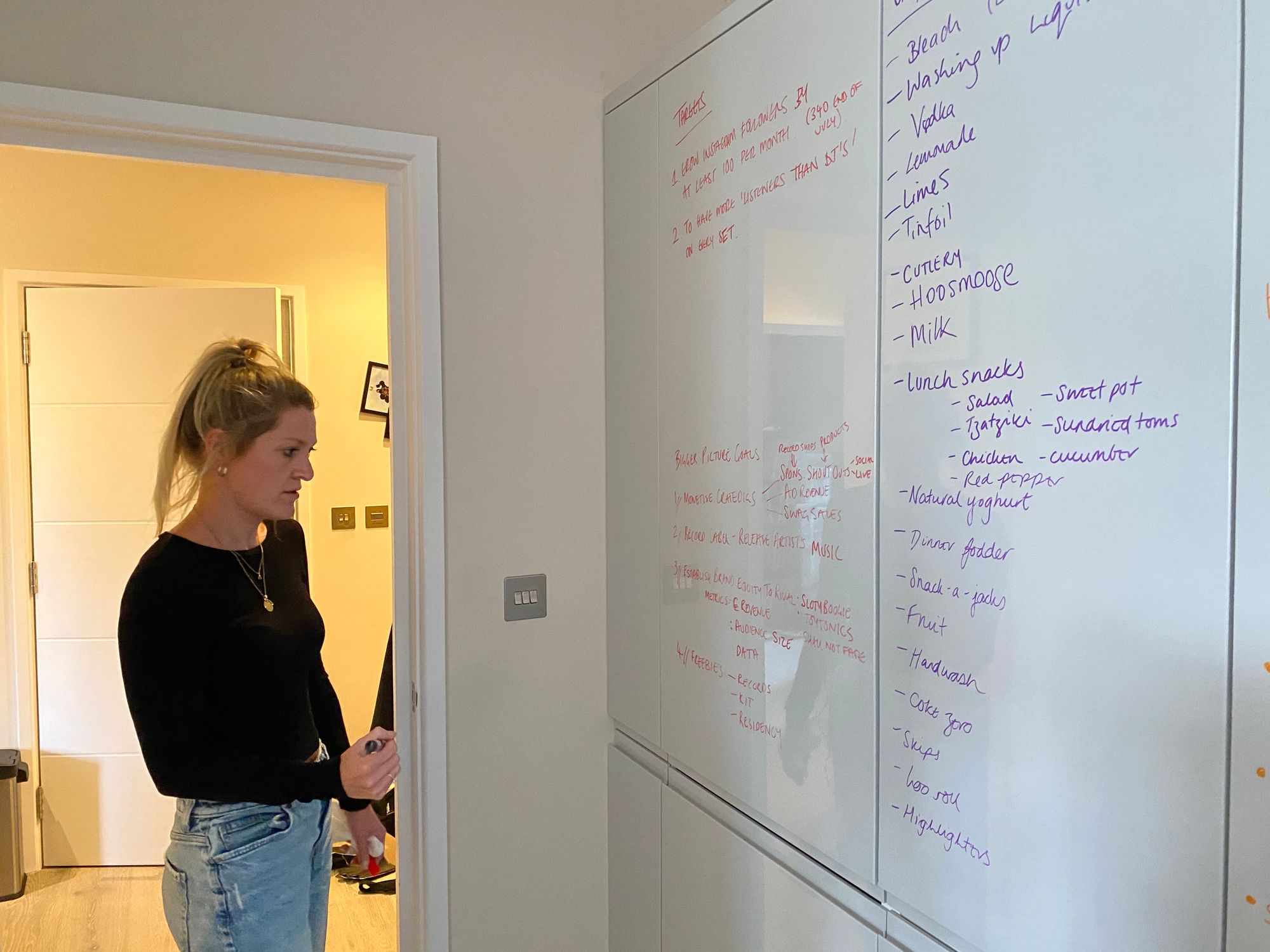
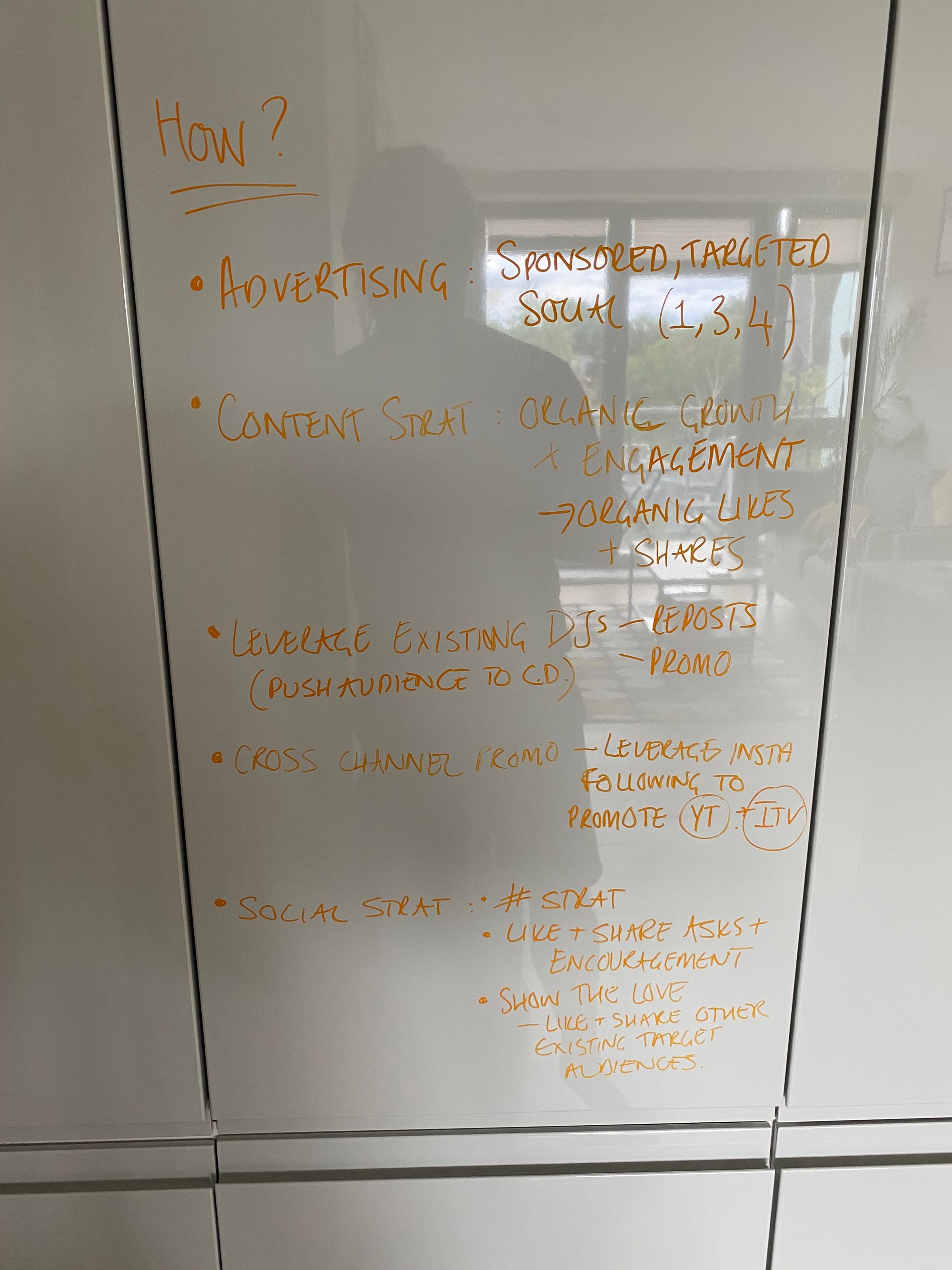
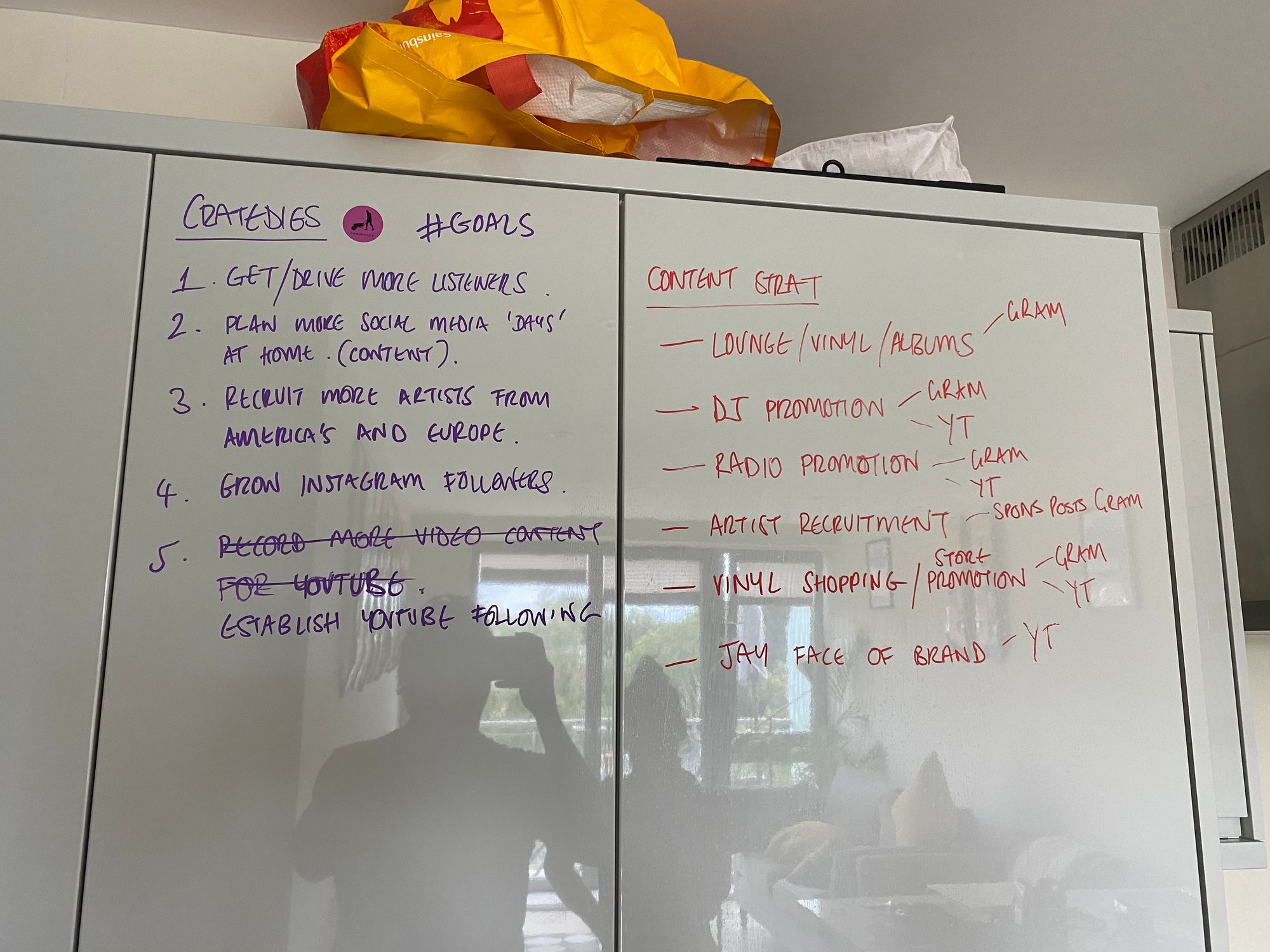
I had to get this cleaned up before I moved out of the flat!
Crate Digs was growing into something that ultimately was moving beyond a project, making money was only really going to generate revenue from my friends or the DJs that joined and played - I wouldn't say I liked that idea. Organically, it was more about a community; the event space was a better place to try to generate this income.
We ran for well over a year, and in that time, as restrictions on social activities started to ease, so did people's ambition and commitment to staying in to listen to us on the radio. Events, socialising, and other things like food and drink were all options and ideas I had to try to push the brand forward, not to mention a record shop where I could combine many of these ideas.
Alas, Crate Digs has slowly faded into something significant for myself and the people involved during this time, and it hasn't gone away totally, more that it's in hiatus. I learned a lot this time about managing people, building mobile apps and how to market something (even by accounts, not that well). It was a great learning experience, and I still regularly communicate about music and DJing with everyone.
Who knows, if I get beyond my family's needs and wants and a house that needs loads of work, I'll open a record shop one day that serves coffee and cocktails and has a dance floor.
A big thank you to Trimmy, Duncan, Ali, Scottie and others who gave up their time to try and help me. Chaz and Ashley pushed me to do it in the beginning.



